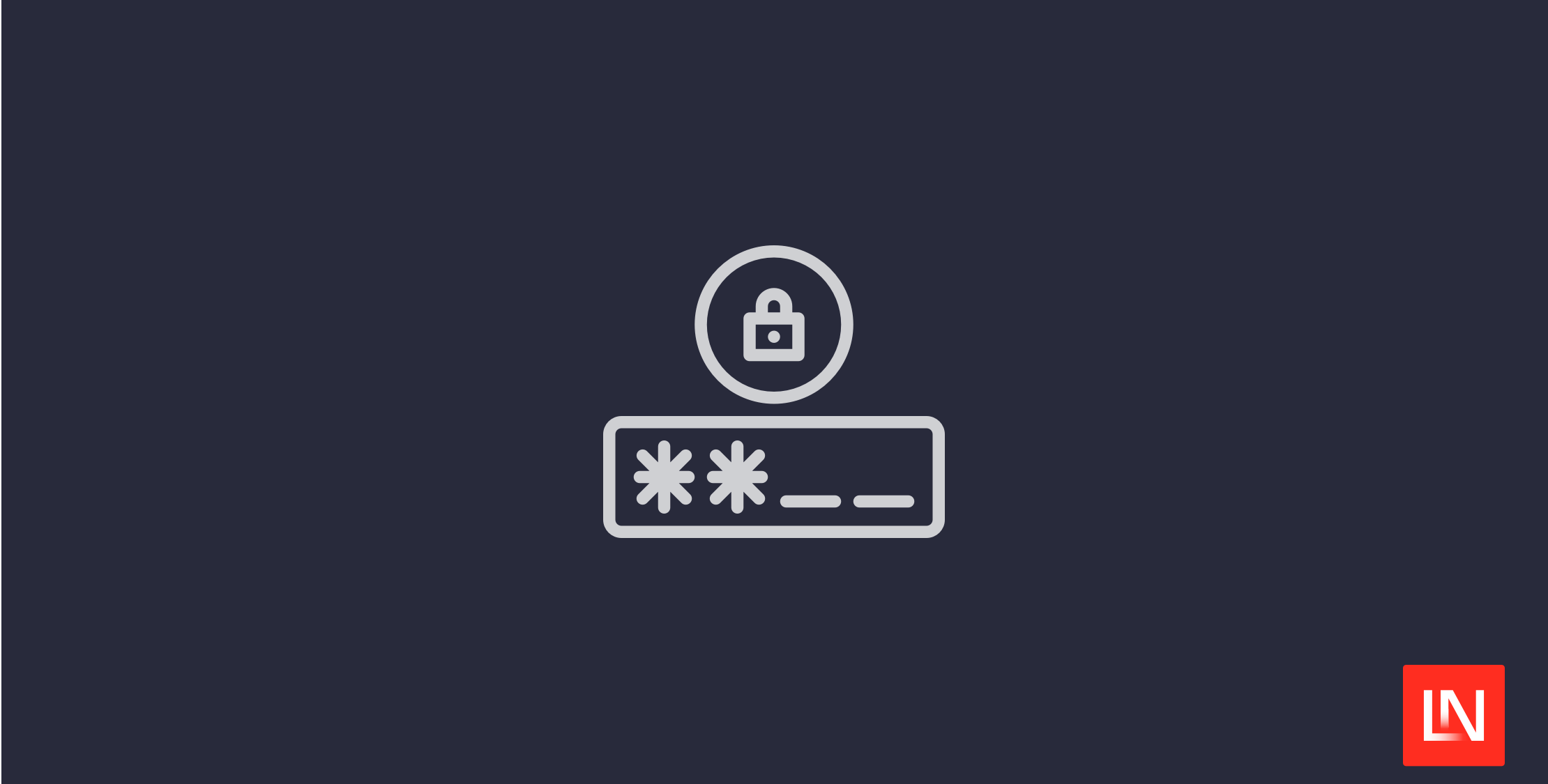B.L.U.F. An analysis/opinion of the State’s attempt to move certain arms out from the protection of the Second Amendment.
This is a long running argument from the anti-gun rights people. The gist is always of the “this modern thing didn’t exist in 1791 so it isn’t covered by the second amendment.” These same people are saying this on phones, computers, The Internet, which the firmly believe are covered under the first Amendment, even though those things would not have been known at the time of the founding.
The question is legitimate, so lets take it to an extreme.
Are Nuclear Weapons Protected Arms Under the Second Amendment?
Hagar reported to me that she often times has discussions with anti-gun people and they will ask something like “Well, do you think people should be able to own nuclear weapons!?!?!?”
She reports that most of them are shocked when she replies in the affirmative “Yes, they should be able to legally own nuclear weapons.” There is more to our discussion, I’ll get to that later.
Before addressing the verbs “keep” and “bear,” we interpret their object: “Arms.” The 18th-century meaning is no different from the meaning today. The 1773 edition of Samuel Johnson’s dictionary defined “arms” as “[w]eapons of offence, or armour of defence.” 1 Dictionary of the English Language 106 (4th ed.) (reprinted 1978) (hereinafter Johnson). Timothy Cunningham’s important 1771 legal dictionary defined “arms” as “any thing that a man wears for his defence, or takes into his hands, or useth in wrath to cast at or strike another.” 1 A New and Complete Law Dictionary; see also N. Webster, American Dictionary of the English Language (1828) (reprinted 1989) (hereinafter Webster) (similar).
The term was applied, then as now, to weapons that were not specifically designed for military use and were not employed in a military capacity. For instance, Cunningham’s legal dictionary gave as an example of usage: “Servants and labourers shall use bows and arrows on Sundays, & c. and not bear other arms.” See also, e.g., An Act for the trial of Negroes, 1797 Del. Laws ch. XLIII, § 6, in 1 First Laws of the State of Delaware 102, 104 (J. Cushing ed.1981 (pt. 1)); see generally State v. Duke, 42 Tex. 455, 458 (1874) (citing decisions of state courts construing “arms”). Although one founding-era thesaurus limited “arms” (as opposed to “weapons”) to “instruments of offence generally made use of in war,” even that source stated that all firearms constituted “arms.” 1 J. Trusler, The Distinction Between Words Esteemed Synonymous in the English Language 37 (3d ed. 1794) (emphasis added).
— District of Columbia v. Heller, 554 US 570 – Supreme Court 2008 P.2791
Here we have the short of it [w]eapons of offence, or armour of defence.
Id, citing Samuel Johnson’s dictionary of 1773
Are “nuclear weapons” weapons of offence? Yes, by the clear text of the Second Amendment supported by multiple sources at the time of the ratification of the Bill of Rights.
But nuclear weapons were not in existence at the time of the founding and the Founding Fathers could not have anticipated the horrific destructive power of such weapons. Again, Justice Scalia answers us.
Some have made the argument, bordering on the frivolous, that only those arms in existence in the 18th century are protected by the Second Amendment. We do not interpret constitutional rights that way. Just as the First Amendment protects modern forms of communications, e.g., Reno v. American Civil Liberties Union, 521 U.S. 844, 849, 117 S.Ct. 2329, 138 L.Ed.2d 874 (1997), and the Fourth Amendment applies to modern forms of search, e.g., Kyllo v. United States, 533 U.S. 27, 35-36, 121 S.Ct. 2038, 150 L.Ed.2d 94 (2001), the Second Amendment extends, prima facie, to all instruments that constitute bearable arms, even those that were not in existence at the time of the founding.
— Id. At P 2791,2792
Under the instructions given by the Supreme Court in Heller it is clear that nuclear weapons are arms.
But the argument goes on that the arm must be “bearable” to be considered covered under the Second Amendment. We know from historical fact that this was not the understanding at the time of the founding. We know this because many civilians owned cannon and even warships. In fact the US Government was known to issue sanctions to warship owners to have them engage in combat on the high seas with the enemies of the United States.
Justice Scalia addresses this issue. He is addressing the question in Heller in regards to individual right vs. collective right so his analysis is not a direct answer for us.
At the time of the founding, as now, to “bear” meant to “carry.” See Johnson 161; Webster; T. Sheridan, A Complete Dictionary of the English Language (1796); 2 Oxford English Dictionary 20 (2d ed.1989) (hereinafter Oxford). When used with “arms,” however, the term has a meaning that refers to carrying for a particular purpose—confrontation. In Muscarello v. United States, 524 U.S. 125, 118 S.Ct. 1911, 141 L.Ed.2d 111 (1998), in the course of analyzing the meaning of “carries a firearm” in a federal criminal statute, Justice GINSBURG wrote that “[s]urely a most familiar meaning is, as the Constitution’s Second Amendment . . . indicate[s]: `wear, bear, or carry . . . upon the person or in the clothing or in a pocket, for the purpose . . . of being armed and ready for offensive or defensive action in a case of conflict with another person.’” Id., at 143, 118 S.Ct. 1911 (dissenting opinion) (quoting Black’s Law Dictionary 214 (6th ed.1990)). We think that Justice GINSBURG accurately captured the natural meaning of “bear arms.” Although the phrase implies that the carrying of the weapon is for the purpose of “offensive or defensive action,” it in no way connotes participation in a structured military organization.
— Id. at P. 2793
This leaves the question slightly open as to the question of size limitations on arms that are protected by the Second Amendment. We know that Heller clearly states that pistols and other handguns are. This has been extended to the sorts of long guns and shotguns that can be shouldered. It has been extended to weapons that are too heavy to shoulder but can be fired by one man from a bipod. I.e. a .50 cal semi-auto or bolt action rifle.
What about crew served weapons? Is a 60mm M224A1 mortar covered? How about the 81mm M252A1? How about the 120mm M120/M121, are they covered?
If those are covered are the M119 105mm Howitzer covered and the M777 155mm Howitzer? Or even the M110 Self-Propelled Howitzer. Those are huge. Are they covered?
The answer to all of that seems to be “yes”. The text of the Second Amendment does extend to “arms” that can not be carried by just one man but must instead have some other way of conveyance. It seems clear that a 16″ 3 Gun turret from a Wisconsin class Battleship would be covered arms.
From this, it seems clear that nuclear weapons are covered under the Second Amendment.
What laws are constitutional in regards to nuclear weapons?
According to the Constitution the answer is shall not be infringed
According to the Supreme Court, there are acceptable regulations and limitations on the right to keep and bear arms.
To be clear, analogical reasoning under the Second Amendment is neither a regulatory straightjacket nor a regulatory blank check. On the one hand, courts should not “uphold every modern law that remotely resembles a historical analogue,” because doing so “risk[s] endorsing outliers that our ancestors would never have accepted.” Drummond v. Robinson, 9 F.4th 217, 226 (CA3 2021). On the other hand, analogical reasoning requires only that the government identify a well-established and representative historical analogue, not a historical twin. So even if a modern-day regulation is not a dead ringer for historical precursors, it still may be analogous enough to pass constitutional muster.
—
New York State Rifle & Pistol Assn, Inc. v. Bruen, 142 S. Ct. 2111 – Supreme Court 2022 P. 2133…is neither a regulatory straightjacket nor a regulatory blank check…
which leads to the question of when it the analogical reasoning within the limits? That is not relevant here.
Under Heller, when the Second Amendment’s plain text covers an individual’s conduct, the Constitution presumptively protects that conduct, and to justify a firearm regulation the government must demonstrate that the regulation is consistent with the Nation’s historical tradition of firearm regulation. Pp. 2125-2134.
— Id. at P.2117.
This allows the state to raise the question of what laws are consistent with Nation’s historical tradition of firearm(arms) regulation.
So far the state has not been able to produce any law, in my opinion, from the correct time period that supports the banning of a class of weapon.
What they have been able to do is to find multiple laws regarding fire safety in regards to gunpowder. I submit that since the possibilities of a radiation mishap does exist and that does not infringe on your ability to keep and bear the nuclear weapon, that the state could have storage requirements that are for safety purposes.
Note, when I say “safety purposes” that doesn’t mean stuff like “It must be kept disassembled with its fissionable materials in a different county.” It means things like radiation sensors that are tested and monitored. Containers that are designed to low radiation leakage to a reasonable level and so forth.
In my opinion this type of safety law would fall within the text, history and tradition requirements of both Heller and Bruen.
Currently, the Supreme Court has put another limitation on what arms are covered within the scope of the Second Amendment.
None of the Court’s precedents forecloses the Court’s interpretation. Neither United States v. Cruikshank, 92 U.S. 542, 553, 23 L.Ed. 588, nor Presser v. Illinois, 116 U.S. 252, 264-265, 6 S.Ct. 580, 29 L.Ed. 615, refutes the individual-rights interpretation. United States v. Miller, 307 U.S. 174, 59 S.Ct. 816, 83 L.Ed. 1206, does not limit the right to keep and bear arms to militia purposes, but rather limits the type of weapon to which the right applies to those used by the militia, i.e., those in common use for lawful purposes. Pp. 2812 – 2816.
— Heller
The rabbit hole called to me and I went to take a read of
United States v. Cruikshank et al. If you think legal geek speak is bad today, it was harder still in 1876. 10 pages into the opinion I’m still not sure what the opinion was nor what the question asked was. It seems that I’ll have to do a deeper read into it at some point.
Chief Justice Waite ruled that neither the First nor Second Amendments limited the powers of the state government or individuals. Wikipedia
The right to keep and bear arms exists separately from the Constitution and is not solely based on the Second Amendment, which exists to prevent Congress from infringing the right.
Justia
[T]hose in common use for lawful purposes
Heller is the phrase that much of our current litigation is founded on. If an arm is in common use for lawful purposes then that arm is not “Unusual”.
This links back to …finds support in the historical tradition of prohibiting the carrying of dangerous and unusual weapons.
Id. at P. 2786 is the other part of this.
What this means is that nuclear weapons fail “in common use for lawful purposes” so they are unusual weapons and they are also “dangerous” which means that laws from the founding that prohibited carrying “dangerous and unusual” weapons can be used to justify carry regulations in regards to nuclear weapons today.
More to come.
Gun Free Zone








